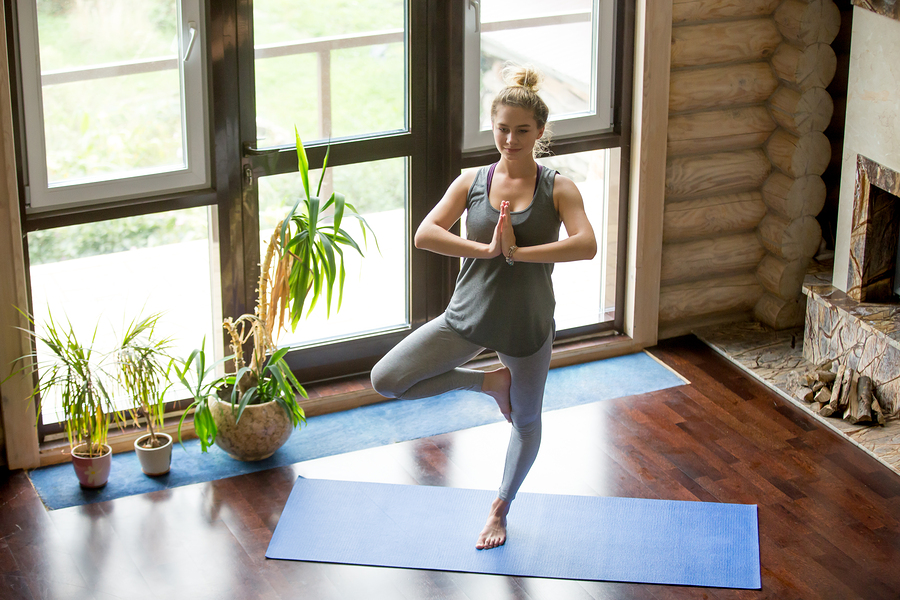Our Toronto physiotherapy clinics are focused not only on treating musculoskeletal injuries and conditions – we'd like to help you avoid them too. We may be enjoying a lovely late spurt of warmer weather, but we all know that winter's just around the corner, and with it comes rain, snow, ice, and the risk of slips and falls. No matter what your age or conditioning, falls on the sidewalk, concrete steps or asphalt present a very real possibility of injury, including sprains, tears to ligaments and muscles, and even broken bones.

Needless to say, slip and fall injuries in the winter can throw a pretty large monkey wrench into your spring training plans, not to say making the winter just that much more difficult to weather. As we get older, degenerative issues like arthritis and other conditions can affect stability and balance, making navigating winter weather even riskier.
An Ounce of Prevention
Exercises can help you to improve your balance and stability no matter what shape you are already in. It's one of the best and most proactive ways to help prevent winter falls. Falling comes about as you lose your balance, and when that happens, you'll tighten your muscles in response. Poor musculature typically means falling. Strengthening specific muscle groups will help you to be able to regain your balance so you can avoid falling in the first place.
Your exercise regimen should be tailored to your condition, and level of activity, and your Toronto chiropractor or physiotherapist can help you to come up with a routine that will best suit your current needs.
Here are some ideas and principles to consider.
Movement generally involves the legs, hips, and gluteal (butt) muscles, so strengthening these is the key to maintaining balance. Some recommendations:
- As regular exercise, Yoga and T'ai Chi are excellent ways to promote and improve overall balance.
- Swimming is an excellent overall muscle conditioning exercise and targeted movements in the water can really help tone lower body musculature. Ask your Toronto physiotherapy specialist for suggestions on what will work best for you.
- Balancing exercises which includes standing on one leg, or balancing on your toes.
- Knee curls and leg extensions are also good ways to improve muscle tone and balance.
- Walking slowly and deliberately heel to toe, with the heel of one foot meeting the toe of the next for about 20 steps.
- Back and side leg raises work the hips, thighs, and buttocks all at once.
- Squats, first with both legs, then the more challenging one-legged squat, also improve balance as they work your lower body muscles.
- The abdominal muscles, which govern overall balance, are also crucial to maintaining balance. Any exercise that strengthens the midsection or core muscles will help you regain your balance. Depending on your individual situation, Pilates can be a great choice.
As your balance improves, you will be able to modify the movements to accommodate your conditioning. You can throw in elements like balance cushions or foam rollers to ramp up the challenge level.
How you move can be important too.
- As you walk on uneven ice, snow and other uncertain ground, the best strategy is to use a kind of shuffle that sees you bending your knees slightly as you walk to help absorb the rough surface.
- Move uphill sideways, or on a diagonal, rather than heading straight up a snowy slope.
Call one of our Toronto physiotherapy clinics today to make an appointment for a consultation with a chiropractor or other sports medicine specialist to talk about your exercise regimen for the coming months.
References:
https://www.unitypoint.org/livewell/article.aspx?id=c4f6e368-6a48-4608-871e-181ed20cfaca
https://nihseniorhealth.gov/exerciseandphysicalactivityexercisestotry/balanceexercises/01.html
http://www.livescience.com/25795-4-ways-to-avoid-winter-falls.html
http://www.active.com/fitness/articles/7-exercises-to-improve-balance















